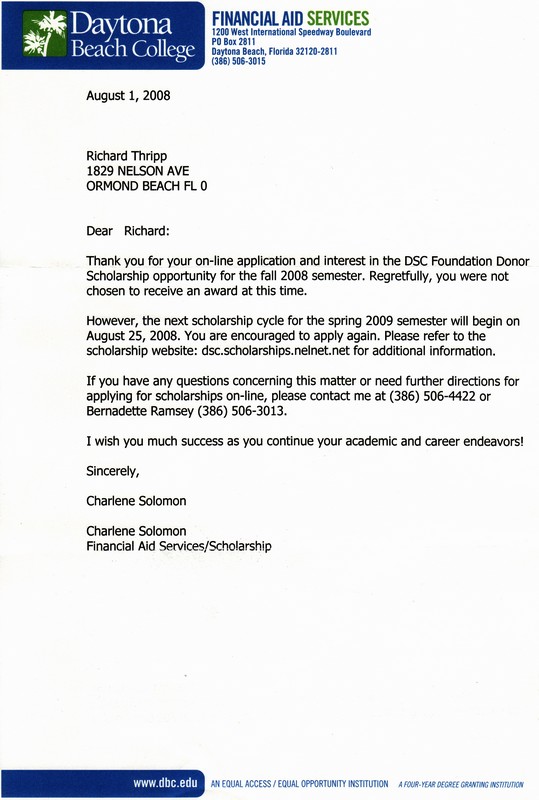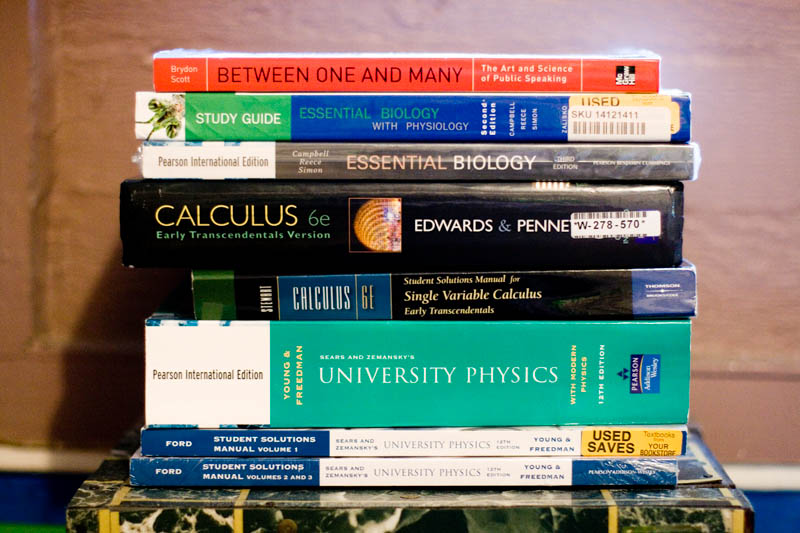An Analysis of the Culture of India
Richard X. Thripp
Daytona State College
For Dr. Natalie D. Rooney
EDF 2085 Introduction to Diversity for Educators
Culture Paper, 15%
Sunday, 2011 February 6
Final First Draft
Abstract
The culture of India is very unique and goes back thousands of years. In this essay, I will focus only on modern India, particularly on Mohandus K. Gandhi’s influence on the formation of the 20th century Indian government and culture, but also on religion and language. However, I will be ignoring movies, music, and postsecondary education.
Additionally, I will list major American institutions, advice for Indian American parents and children immigrating to the United States, academic citations, and personal commentary.
Finally, I will include a lot of relevant metrics, subjective summarizations, and statistics.
Note: I did not use proper A.P.A. style or proper citations in this paper.
India has both a rich cultural history spanning multiple millenniums, and is the 2nd most populated country on earth with a population of 1,155 million (C1), trailing China’s population of 1,331 million but leading the 3rd most populated country on earth by a whopping 275% — the United States, which has 308 million people. (All statistics as of 2009.)
However, many people in India are very poor and under-nourished, lacking proper food, water, shelter, infrastructure, education, and job opportunities. Despite this, many world leaders and scientists hail from India, and extrapolating the previous 90 years over the remaining 90 years of the 21st century, it is safe to say that India and China will surpass the United States in planetary dominance. The Indian people are some of the most hard-working and resolved people in the world, much like the Americans were in the 19th and early 20th centuries.
On 1869 October 2, Mohandas Karamchand Gandhi was born in Porbander in modern-day Gujarat, where his father served in the Indian government under the rule of the United Kingdom of Great Britain and Ireland (now the United Kingdom of Great Britain and Northern Ireland as of 1927 and commonly known as the U.K.), of which the Indian portion was called the British Indian Empire (commonly known as the British Raj). Gandhi married at 13, had a son at 19, and left for London to pursue a law degree several months later. After enrolling in the High Court of London in 1891, he dropped out and went back to India. (www.sscnet.ucla.edu)
After failing his law practice, Gandhi spent 22 years in South Africa, where he declared himself a seeker of truth attained by love and celibacy. He also invented the term satyagraha to mean non-violent resistance, and he wrote a short treatise called “Indian Home Rule” subtly denouncing the United Kingdom, industrialization, and contemporary technology in general.
Gandhi’s first political campaign in India spanned 1915 to 1922, when he earned the title of Mahatma meaning “Great Soul” for initiating a movement of peaceful, non-violent, non-cooperation with the British government, which wielded great power but inferior numbers. When a large crowd killed many Indian policemen at Chauri Chaura in the United Provinces in February of 1922, Gandhi was arrested, convicted of sedition, and sentenced to six years by the British Raj, despite delivering a powerful self-defense and indictment of Great Britain at his trial.
Gandhi was released three years early due to poor health, after fasting three weeks in 1924 to stop Hindu-Muslim riots at Kohat. In 1932, he began his Fast unto Death to destroy the caste system which prevented people of the untouchable caste from marrying, doing business with, or associating with anyone outside their caste, and vice-versa. He also wanted the government to do away with separate electorates for the untouchables and the other castes, which angered Ambedkar, the leader of the untouchables.
Before surviving his fast, Gandhi broke the salt laws in 1930, by marching to the sea with his followers from March 12 to April 5, and, upon completing the 240 mile march to Dandi, collecting natural salt from the Arabian Sea as a symbolic act of resistance to the British Raj—specifically, the British monopoly on the production and sale of salt. Britain arrested Gandhi and thousands of other Indians, but it was at this point that the government relented and agreed to hold a Round Table Conference in London with Gandhi to discuss liberating India. The negotiations led nowhere, and upon Gandhi’s return to India, he was arrested again.
Prior to the Salt Satyagraha, the Indian National Congress further angered Great Britain by raising their saffron-white-green tricolor flag and issuing the following Purna Swaraj (Declaration of Independence) at midnight on 1929 December 31:
“We believe that it is the inalienable right of the Indian people, as of any other people, to have freedom and to enjoy the fruits of their toil and have the necessities of life, so that they may have full opportunities of growth. We believe also that if any government deprives a people of these rights and oppresses them the people have a further right to alter it or abolish it. The British government in India has not only deprived the Indian people of their freedom but has based itself on the exploitation of the masses, and has ruined India economically, politically, culturally and spiritually. We believe therefore, that India must sever the British connection and attain Purna Swaraj or complete independence.”
In his mid-60s in the mid-1930s, Gandhi established homestead in a remote village called Segaon (now Sevagram) with no power or water in the very center of India, refusing to return to Sabarmati Ashram in Ahmedabad under a non-sovereign India. When Nazi Germany invaded Poland in 1939, Great Britain wanted to drag India into the war, but Gandhi correctly identified the hypocrisy in the U.K. claiming to fight a war for democracy while attempting to maintain dictatorial control over India. It was at this point that he launched his “Do or Die” and “Quit India” campaigns, the former being a message to the Indian people and the latter being a message to the British Empire, which ultimately succeeded with the Indian Independence Act of 1947, effective 1947 August 15. However, Gandhi considered himself a Hindu, Muslim, and Christian, not considering divergent religions to be mutually exclusive and wanting India to remain unpartitioned. This did not succeed, and India was divided into the sovereign states of the Dominion of Pakistan on 1947 August 14 (now Pakistan and Bangladesh) and the secular Union of India on 1947 August 15 (now the Republic of India), mainly to separate the Muslims from the Hindus and Sikhs. Immediately following the partition, 7.226 million Muslims fled India into Pakistan and 7.249 Hindus and Sikhs fled Pakistan into India to avoid being religious minorities.
While there have been many skirmishes fought between India, Pakistan, Bangladesh, and Burma (now known as Myanmar and in perpetual martial law since 1962), there can be no doubt that Mahatma Gandhi had a major influence on the liberation of India and was overall a positive force in the world and one of the principle contributors to modern Indian culture. His writing, newspapers, philosophy, demonstrations, and particularly his autobiography, The Story of My Experiments with Truth, and his quote, “be the change you want to see in the world” will be remembered for centuries to come.
The Volusia County statistics on FedStats only include Whites, Blacks, American Indian and Alaska Natives, Asians, Native Hawaiian and Other Pacific Islanders, and Persons of Hispanic or Latino origin. There are no statistics for Indian Americans. The U.S. Census Bureau reported on July 1, 1999 that the State of Florida contains an estimated 60,358 people of American Indian and Alaska Native origin, but it is unclear if this includes Indian Americans. Both the United States and Florida governments provide no information with regard to Indian Americans, because they recognize only the aforementioned six races. Notably, searching Google for “Indian American” without quotation marks returns only results regarding American Indians (Native Americans) on the first page. However, the Embassy of India in Washington, D.C. considers a Non-resident Indian (NRI) or Person of Indian Origin (PIO) to be anyone who has left India up to four generations removed. The Embassy says there are over 24 million such people, with 2,765,815 residing in the United States as of 2008.
A child immigrating from India would have to learn the English language and place a lesser focus on academics and memorization to thrive in the typical, interdisciplinary American classroom which includes recess, physical education, fewer students, mathematical calculators, and more artistic and creative assignments. While Indians and Asians are known for their strong work ethic and high intellectual intelligence, they may lack the emotional intelligence of their American peers. However, as with any skill, this can be learned or compensated for.
To accommodate Indian Americans, principals should hire more teachers who know Hindi, Bengali, Telugu, Marathi, Tamil, Urdu, Gujarati, Kannada, Malayalam, Oriya, Punjabi, and other widely-spoken Indian languages. Similarly, the federal or state governments should provide grants or matching funds to purchase computerized translation devices or hire interpreters for Indian American students. At the same time, Indian American parents should make a concerted effort to learn American English fluently so they can communicate multi-linguistically with their children.
Finally, Indian Americans should be educated about United States heritage and history including the Constitution, our founding fathers, the Revolutionary War, the Civil War, our conquest of the central North American continent, Alaska, Hawaii, Pearl Harbor, the atomic bomb, the September 11th attacks, the presidents, executive orders, the Supreme Court, Congress, the IRS, CIA, FBI, DHS, and TSA, state sovereignty, federal holidays, the U.S. Postal Service, baseball, apple pie, Puritanism, Protestantism and Catholicism as contrasted with Hinduism, Islam, and other religions in India, our relationship with Israel, Saudi Arabia, Mexico, Canada, the United Kingdom, OPEC, the European Union, and other governments, our status as a global economic and military power, the wars in Iraq and Afghanistan, the Pentagon, the Federal Reserve System, Harvard University, New York City, San Fransisco, Atlanta, Daytona Beach, the de-industrialization of the United States in the late 20th century, our dependence on China, and our contributions to all major fields of study including, but not limited to, the arts, music, sciences, medicine, pharmacology, military science, political science, and environmentalism. Particularly with the rise of not only the Internet, cell phones, Google, and Facebook, we live in a global, virtually interconnected world which facilitates the bidirectional sharing of information between nations, institutions, and individuals in multiple formats on a historically unprecedented scale.
Citations
C1: Population of India: 1,155,347,678 as of 2009 according to the World Bank’s Book of World Development Indicators.
C2: Volusia County MapStats from FedStats: http://www.fedstats.gov/qf/states/12/12127.html
C3: Paragraph 7 of the Citizenship Amendment Act of 2003: http://www.indianembassy.org/consular/Overseas_Citizen/para7.htm
C4: 2000 U.S. Census: States Ranked by American Indian and Alaska Native Population, July 1, 1999: http://www.census.gov/population/estimates/state/rank/aiea.txt
C5: The Constitution of India, Revised 2008 July 29: http://lawmin.nic.in/coi/coiason29july08.pdf
References
http://www.sscnet.ucla.edu/southasia/History/Gandhi/gandhi.html
http://www.yale.edu/ynhti/curriculum/units/1998/3/98.03.05.x.html
http://www.unc.edu/~mumukshu/gandhi/
http://mlk-kpp01.stanford.edu/kingweb/about_king/encyclopedia/gandhi.htm
http://www.acm.edu/programs/5/india/index.html
http://www.irc.caltech.edu/p-281-business-with-india.aspx
http://web1.johnshopkins.edu/aidjhu/?p=94
Forward:
I decided to write my cultural paper about the people and government of India, including Indian Americans and with a major focus on the contributions of Mohandas Gandhi to Indian and global culture, independence, and philosophy. I haven’t learned APA style and I didn’t rewrite my essay or use citations, nor did I start it until 8pm before it was due, but I think it’s pretty good that I wrote a 2000 word essay in under 3 hours that doesn’t feel like (in my opinion), a bore to read.
You can find the full text of my paper here: http://daytonastate.org/files/edu/culture-20110205-india-thrippr.pdf
I think it’s very important for even elementary school teachers to have broad-spectrum knowledge of every major discipline, language, people, and culture, even if they never achieve mastery in any of them. Only then can they seamlessly flow from one topic to the next and present a complete picture of the world to their students in a way that is fascinating and inoffensive.


